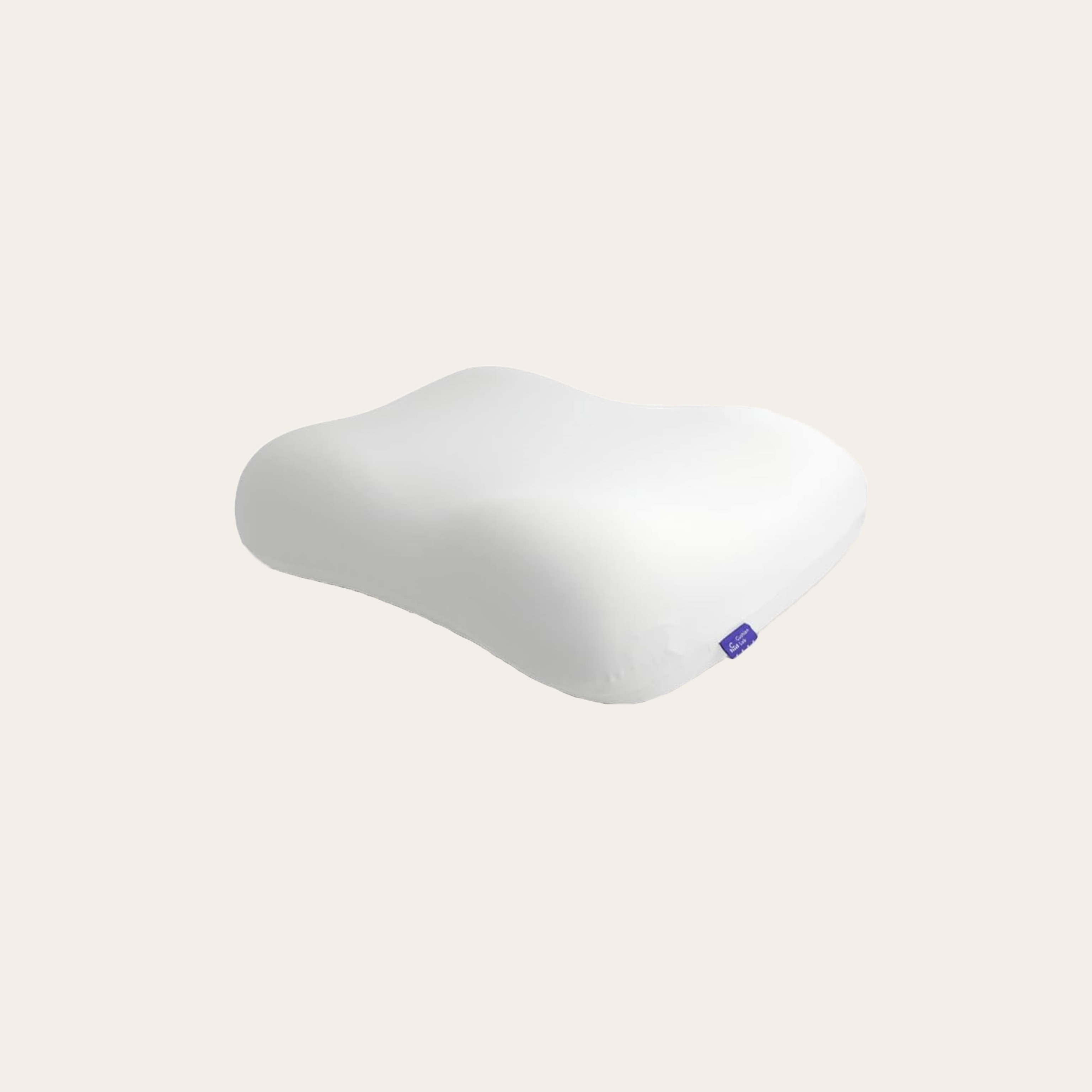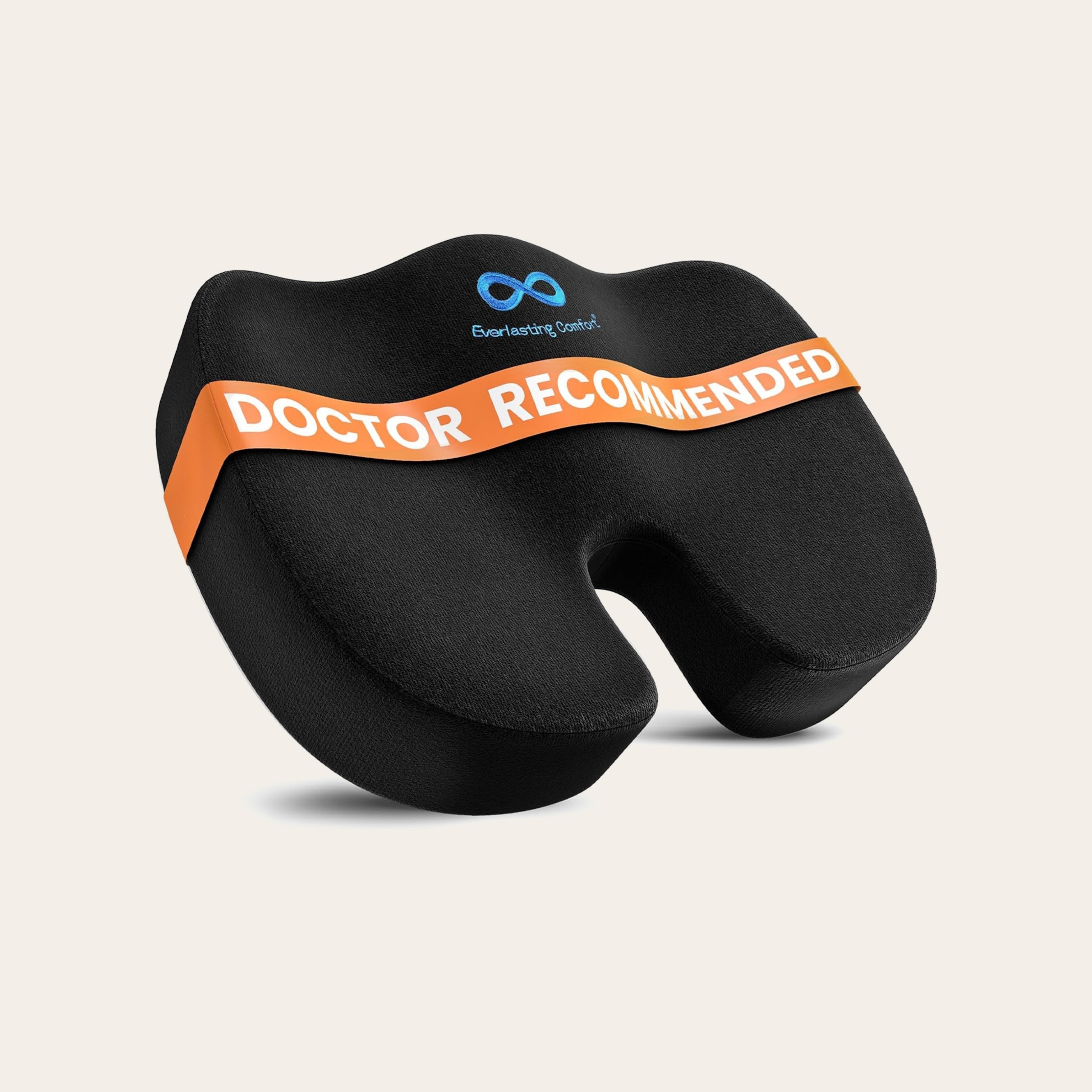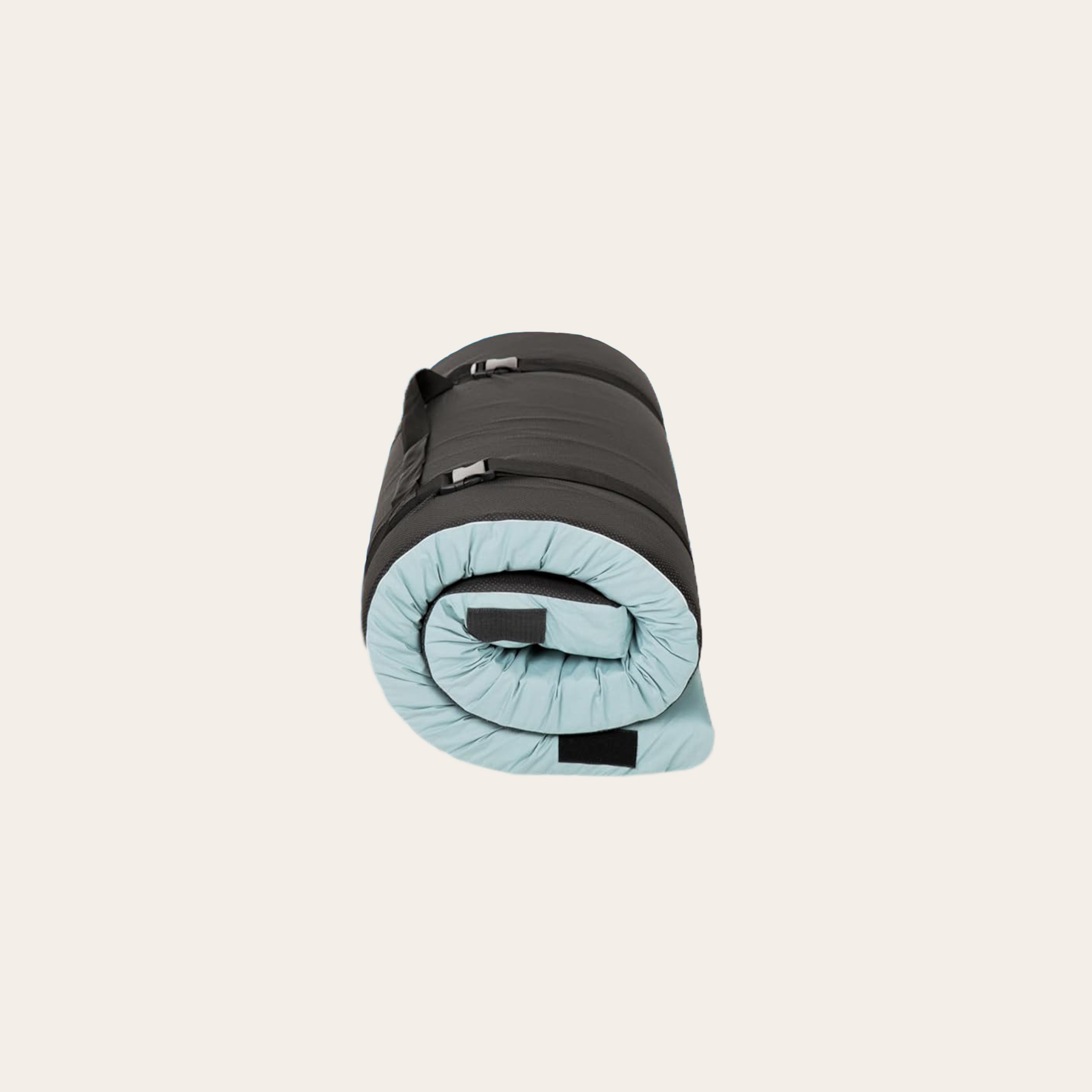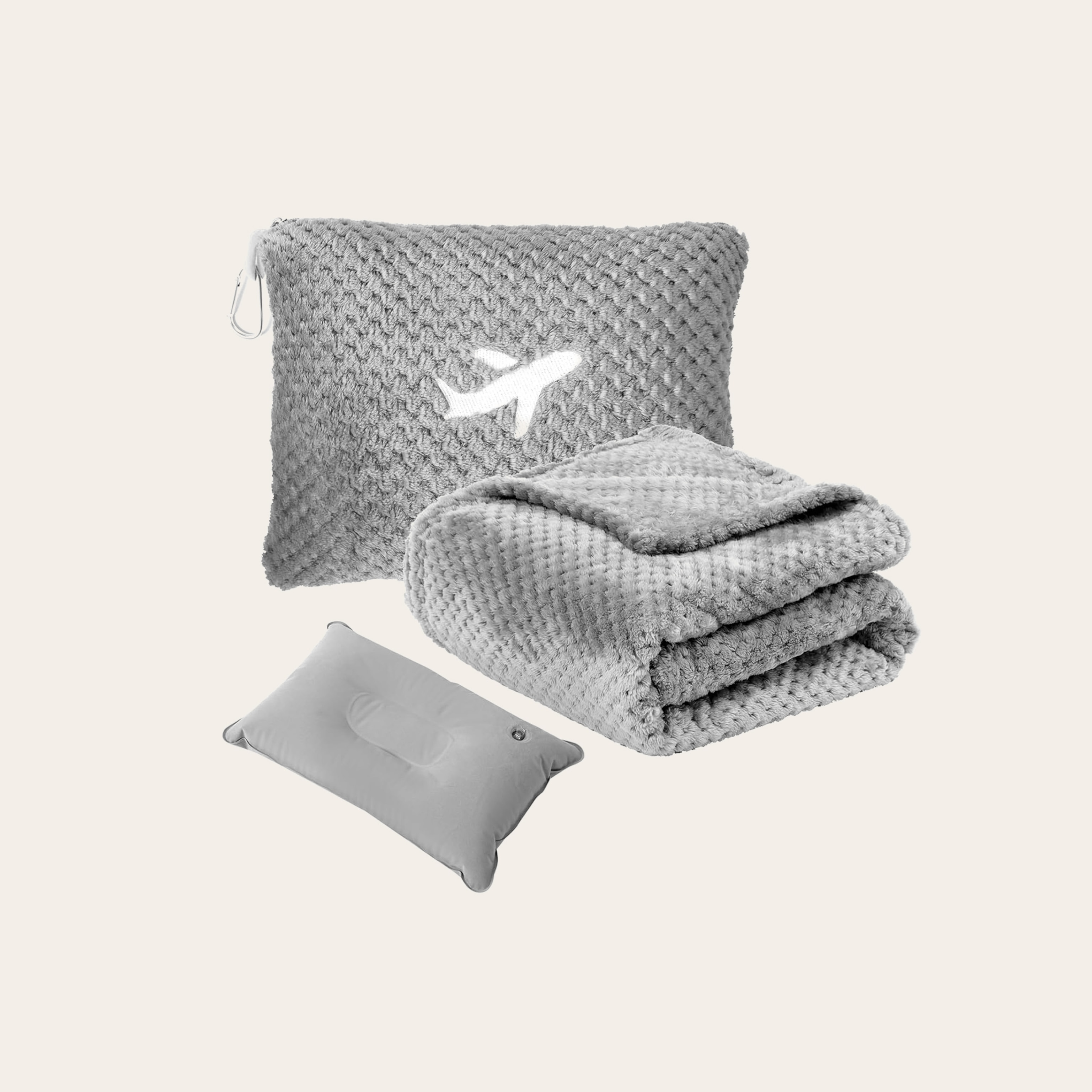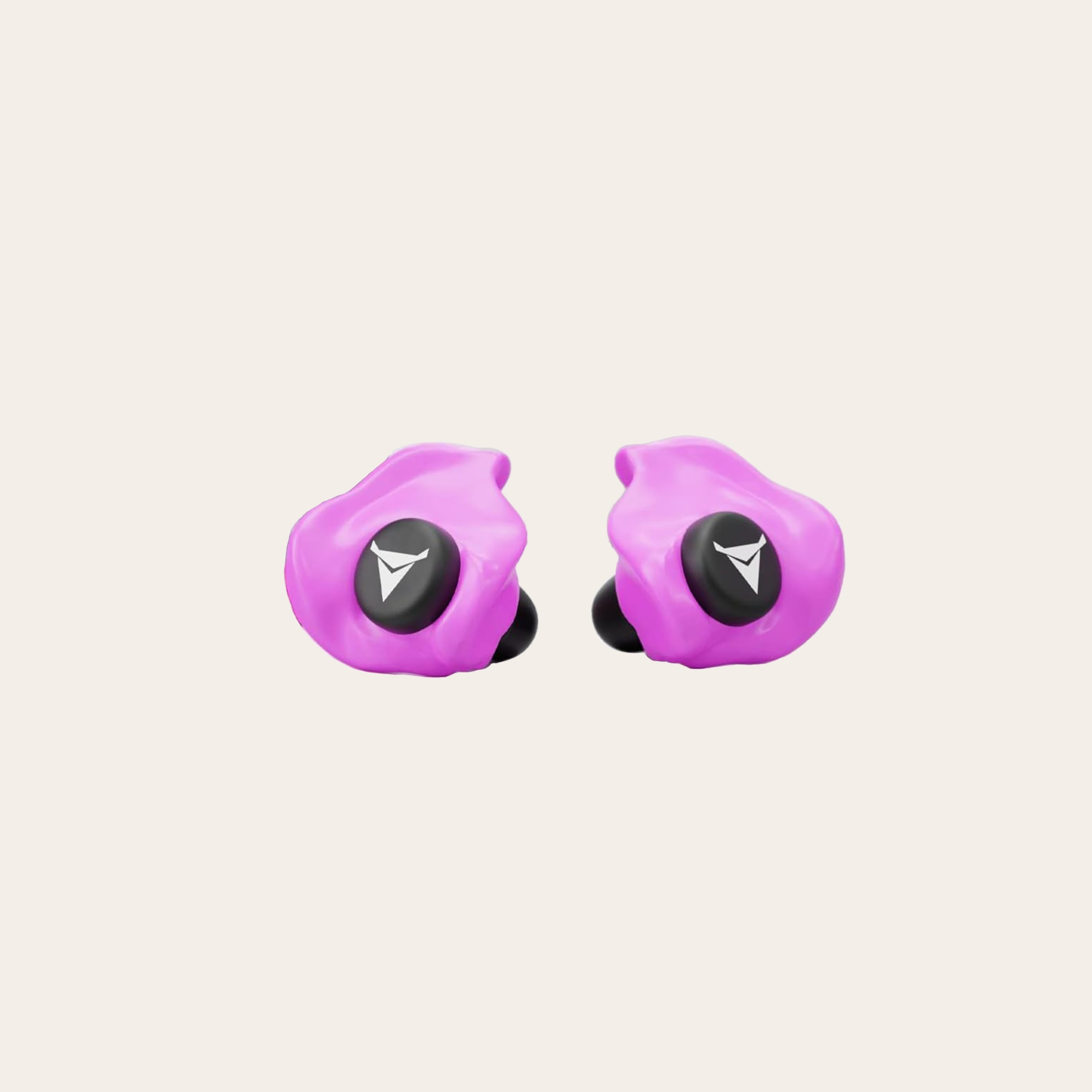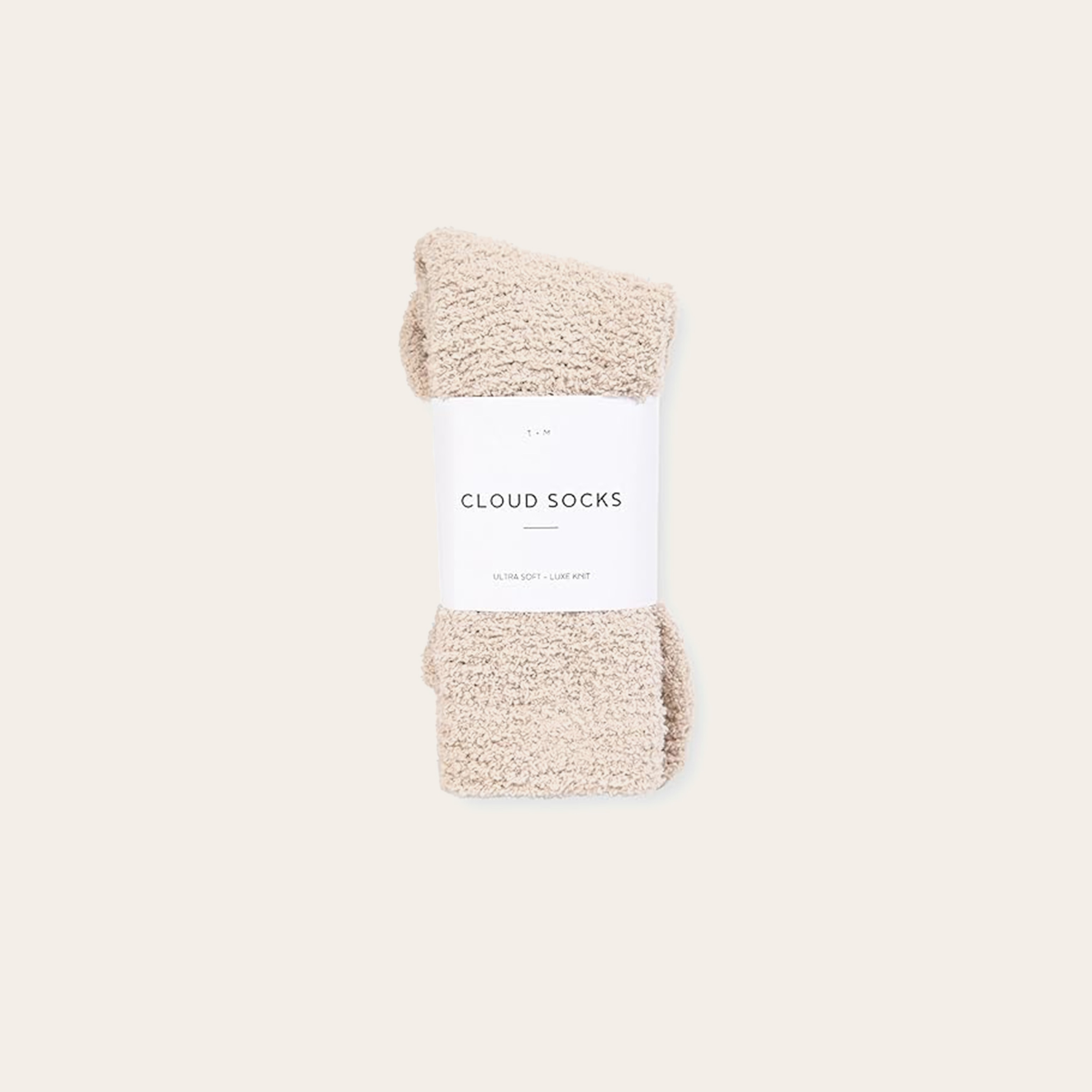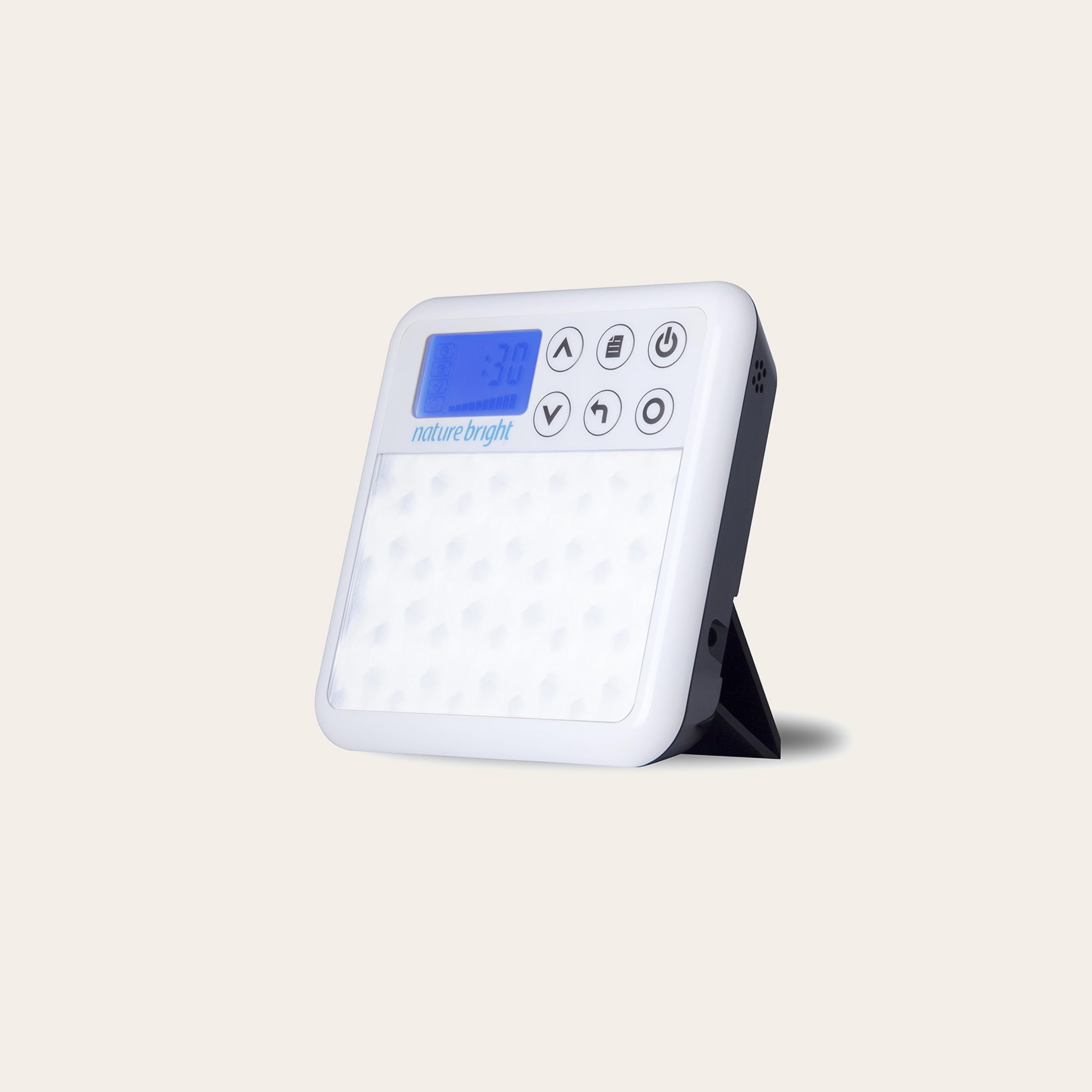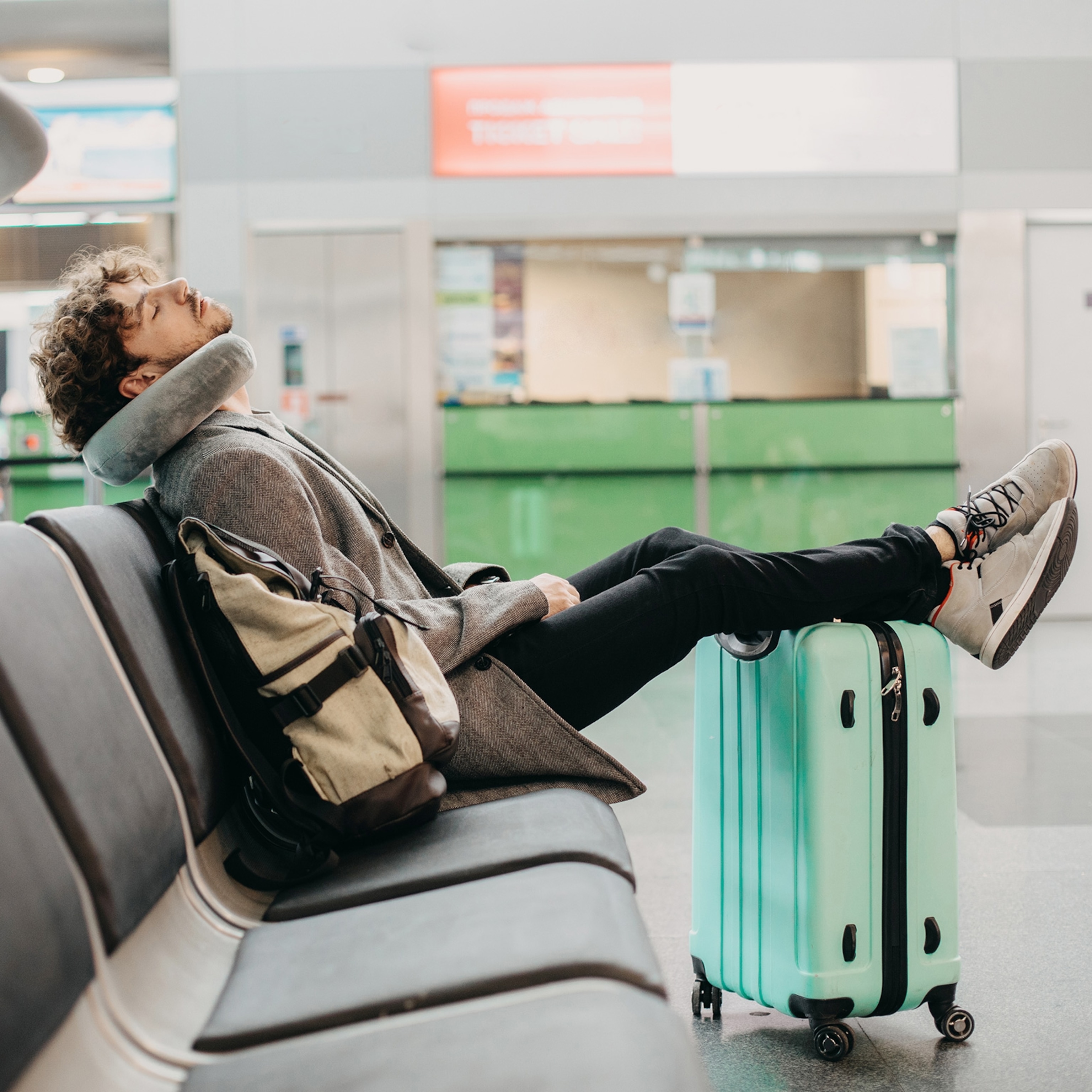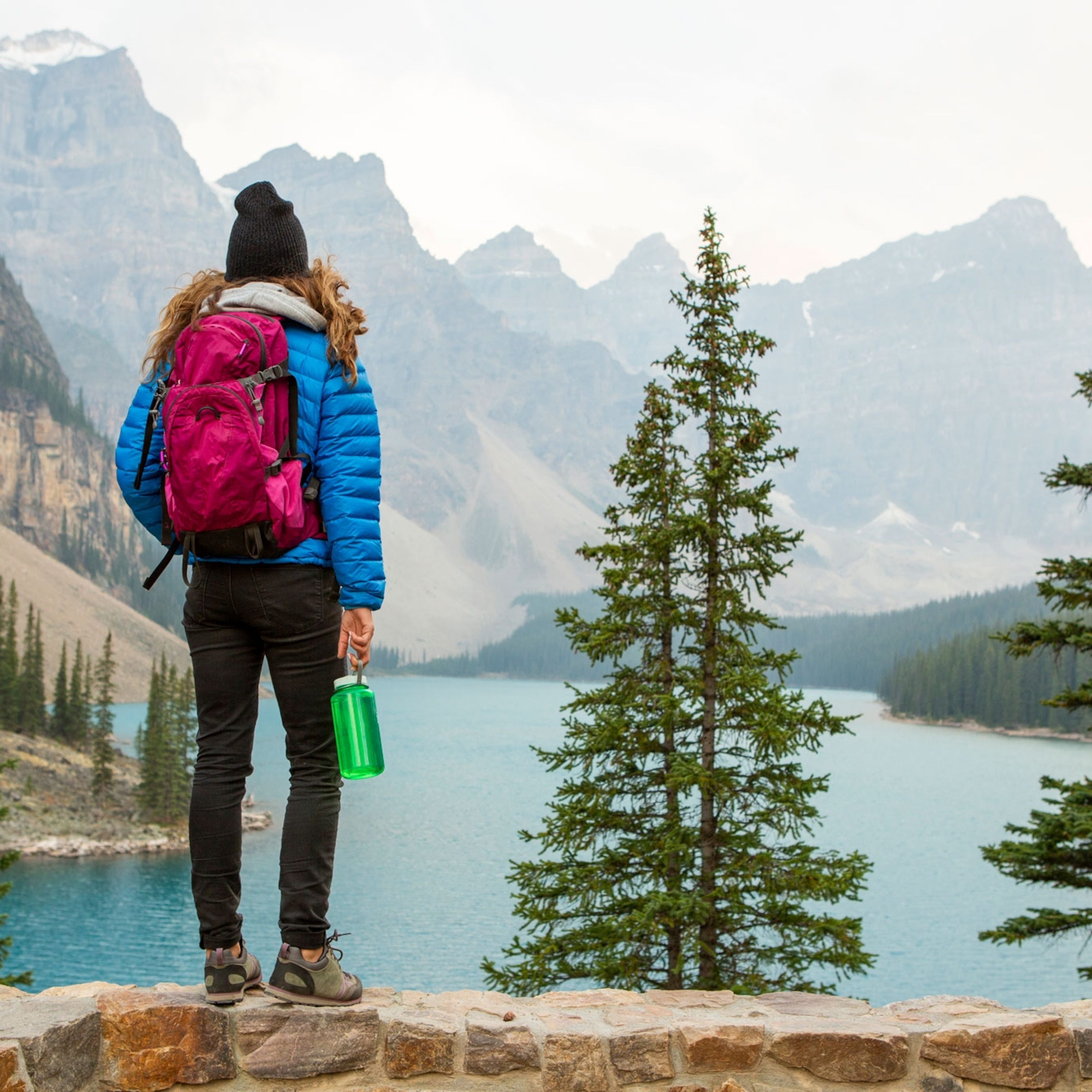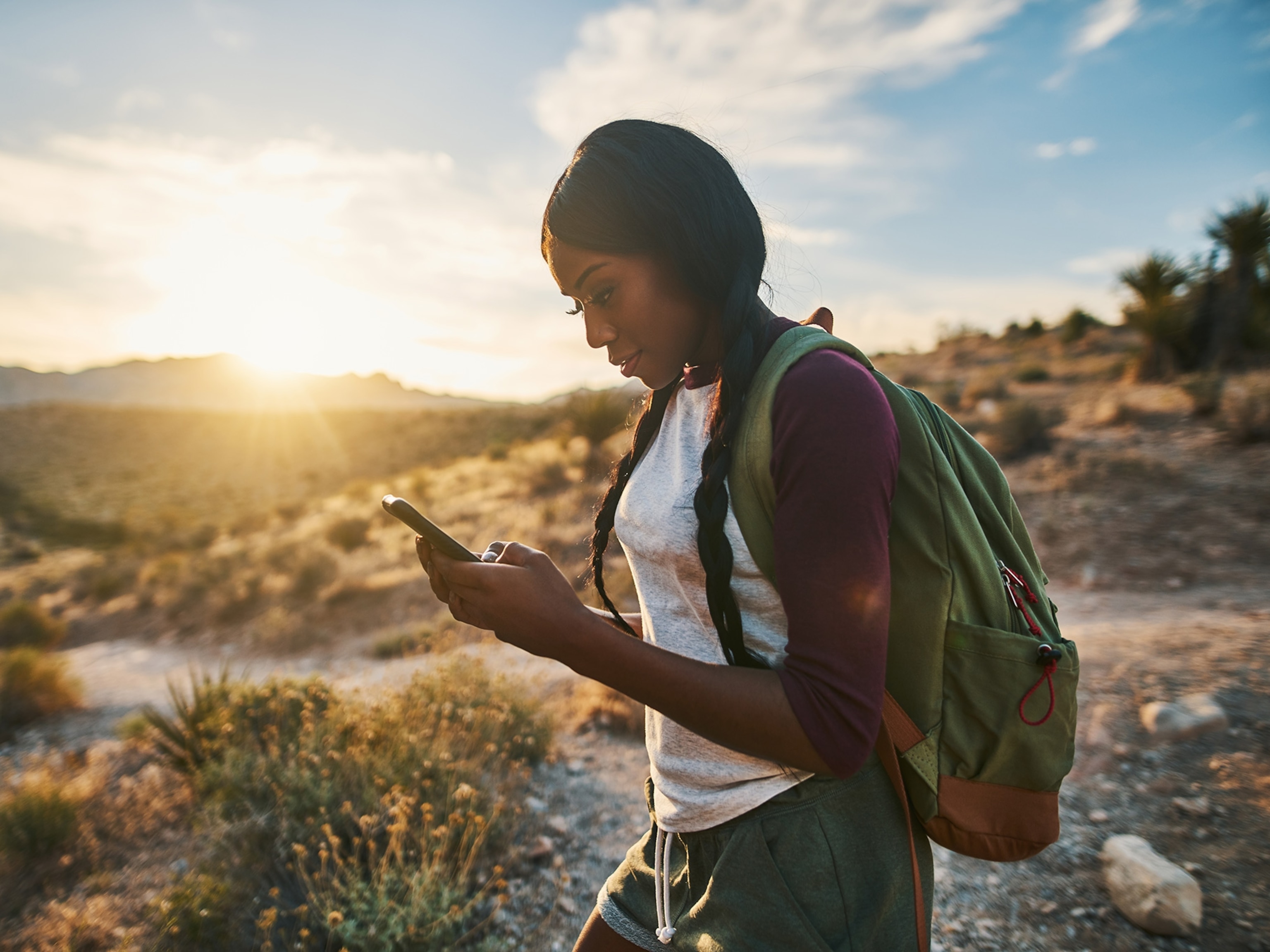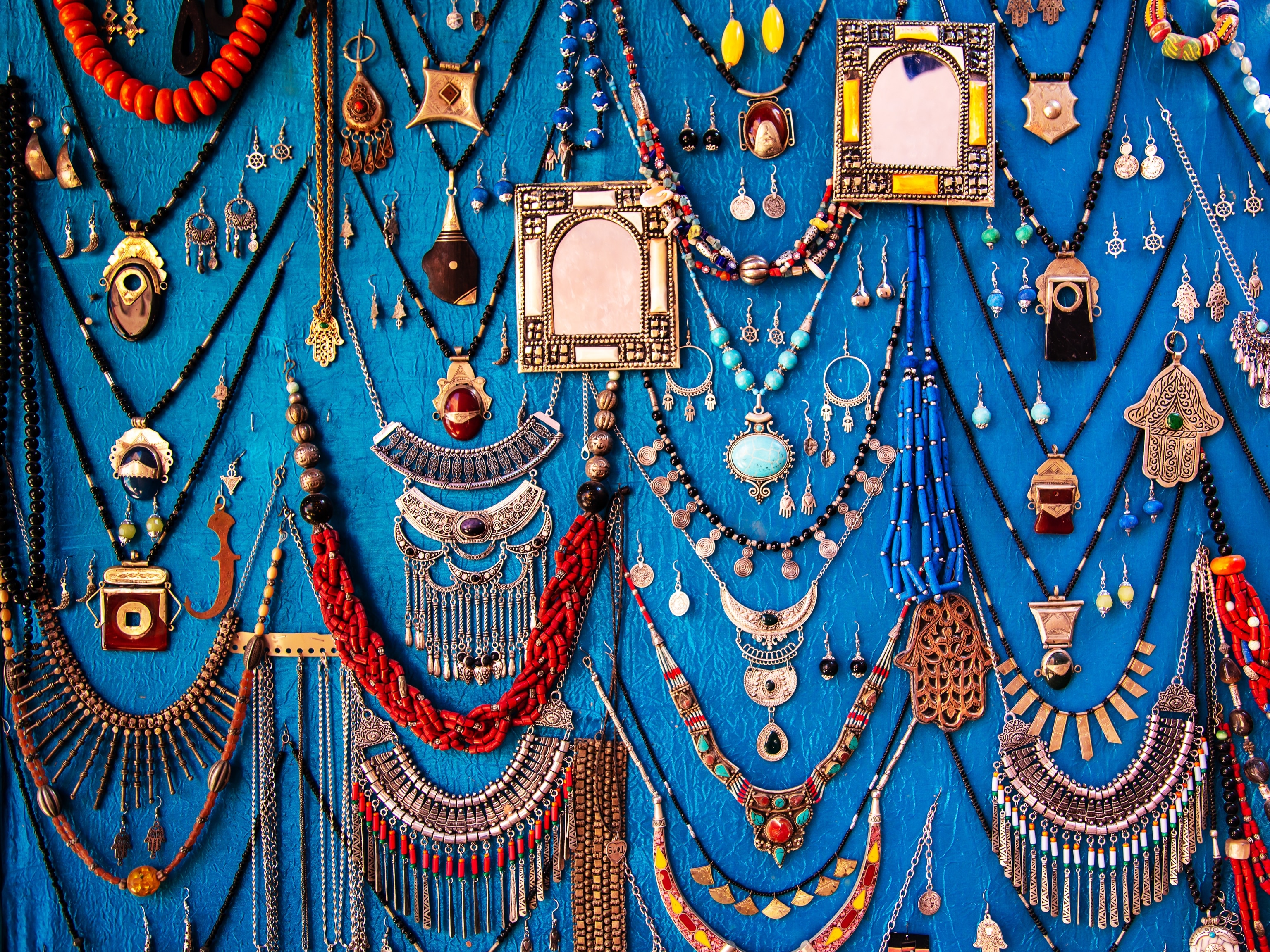How to sleep better while traveling
It may seem impossible to get enough rest when you’re on the go. But these expert tips and aids can help.

Getting enough sleep can be a real challenge, even on a good day. Quality sleep can be even harder to achieve when you’re traveling. Indeed, only one in three travelers report sleeping well.
“Travel is often about new experiences and environments, which is great for the soul and terrible for the body, particularly the sleeping body,” says Erica Huss, a wellness expert and host of the podcast All Too Well. “Sleep thrives on routine and consistency, and travel is the most disruptive thing you can do to your sleep routine.”
“New beds; new time zones; jet lag; different sounds, lighting, and room temperature— this is a recipe for challenging sleep,” adds Huss, “so I always encourage people to equip themselves with as many tools as possible to keep things consistent.”
Luckily, there are lots of great sleep products that can help counteract the effects of travel insomnia, so your body can rest when it needs to, no matter where you are. Here are some of our favorite products so you can sleep better while traveling.
Our picks for the best items for sleep while traveling
• Portable white noise machine: SleepBar 2.0 Under Pillow Bluetooth Speaker
• Travel sleep pillow: Cushion Lab Deep Sleep Travel Pillow
• Neck pillow: Dot&Dot Twist Memory Foam Travel Pillow
• Travel seat cushion: Everlasting Comfort Memory Foam Seat Cushion
• Travel mattress: Matrix Comfort Cell Memory Foam Mattress
• Travel blanket: Nenolix Travel Blanket
• Noise-canceling ear plugs: Decibullz Custom-Molded Ear Plugs
• Sleep socks: Cloud Socks
• Wake-up light/Alarm clock: Nature Bright Sun Bliss Clock
The best sleep products for travel
We can’t take our beds with us when we travel, but we can recreate the relaxation and comfort we have at home with the right travel products.
The best travel sleep aids should be effective and easy to pack. Focus on products that offer comfort, convenience, and—if possible—multiple functions in one. (For example, a portable alarm clock that doubles as a wake-up light.)
Think about the sleep environments at your destination and en route. Will you be in a hotel? A rental? Will there be lots of car rides or long train journeys? Do you have a packed schedule, or is downtime built in? All will influence what to pack.
Sleep mask: Mavogel Light-Blocking Sleep Mask
Darkness boosts melatonin production, which promotes deeper, more restful slumber. A secure, well-fitting sleep mask can be a lifesaver for blocking light when you’re trying to sleep on a packed flight or train.
This one has more than 89,000 reviews and a near-perfect rating on Amazon. Customers highlight this mask’s light-blocking prowess and soft, comfortable fit. We love that it comes with a matching drawstring bag you can toss in a tote or backpack.
Portable white noise machine: Sleepbar v2.0 - Under Pillow Speaker
SleepBar 2.0 Under Pillow Bluetooth Speaker
White noise or the sound of rain can help drown out chatty hotel neighbors or traffic outside, helping to lull you to sleep. The travel-friendly Sleepbar slips under a pillow, which eliminates the need to pack a bulky sound machine or headphones.
You won’t have to worry about waking your partner—Sleepbar says it uses a unique technology that projects these dulcet tones through your pillow, but at a low enough volume to prevent disturbing your partner.
We also like that the app has a library of soundscapes and calming exercises to help improve your sleep hygiene.
Travel sleep pillow: Cushion Lab Deep Sleep Travel Pillow
This travel pillow is designed to provide comfort and support, whether you’re taking it on a camping trip or using it on an airplane. It’s from the makers of the Deep Sleep Pillow and features the same unique features (sculpted side bolsters, a supportive cradling structure) in a travel-friendly package. We love that it comes with a machine-washable pillowcase and a pouch that the brand says is made of vegan materials.
Neck pillow: Dot&Dot Twist Memory Foam Travel Pillow
As the name suggests, this travel neck pillow bends in all sorts of shapes for customized support. Customers attest to this pillow’s memory foam comfort and sturdy construction, noting that it does a good job of holding its shape. The soft fabric cover comes off for easy washing between trips, and it comes in tons of colors.
Travel seat cushion: Everlasting Comfort Memory Foam Seat Cushion
Sitting for a long-haul flight or an extended car ride can be hard on the body at any age. A travel cushion can help alleviate pressure on the spine and tailbone to make long travel days more bearable. This one is made of cushy, supportive memory foam and a non-slip bottom. It’s also made with a universal fit for cars, airplanes, and desk chairs. The removable cover is breathable and washable.
Travel mattress: Matrix Comfort Cell Memory Foam Mattress
If you’re embarking on a rugged trip and have the room, taking along a travel mattress may work for you. This mattress is made with layers of memory foam for extra comfort and support. When you’re ready to pack things up, you can roll the mattress up and tuck it into the duffel-style case. We appreciate that the mattress is made with Certipur-US and Oeko-Tex certified materials and that the waterproof cover is washable.
Travel blanket: Nenolix Travel Blanket
This three-in-one travel set includes a thick, flannel-style travel blanket to keep you warm while you snooze and an inflatable pillow for extra head support. Both pieces fold up into a matching case, which doubles as a travel pillow that attaches to your bag. We like that it’s lightweight and compact.
Noise-canceling ear plugs: Decibullz Custom-Molded Ear Plugs
These ear plugs are a big improvement on the orange packing peanut-like plugs of yesteryear. They’re made of an advanced type of thermoplastic, which softens up in boiling water. Once cool, you can stick them in your ears, where they mold to the shape you need for a snug, snore-blocking seal.
“Earplugs are a great accessory to always keep on hand,” says Huss. “They’re tiny, but their magic is huge when it comes to creating a calm and quiet environment.”
Sleep socks: Cloud Socks
According to Huss, body temperature drops to its lowest point while we’re sleeping. Chilly feet can disrupt the sleep cycle. For that reason, “it’s important to keep the extremities warm enough to stay sleepy,” she says.
That’s why we like to pack cozy socks for chilly plane cabins and hotel rooms. These are extra cozy, affordable, and don’t feel too tight. It comes in a non-slip version in an ankle style, but we like the mid-calf.
Wake-up light/Alarm clock: Nature Bright Sun Bliss Clock
Light plays an essential role in our circadian rhythms not just for falling asleep, but also for waking up. Packing a slim alarm clock like this one that’s also a light therapy aid can help you get some rest while traveling.
The large LED light panel gradually grows brighter over a 30-minute span, simulating sunrise. The result is a gentle wake-up that helps your body adjust to morning. The light can also help boost mood, according to the brand.
Frequently asked questions
Why is it so hard to sleep when traveling?
“Blame it on your brain,” says Andrea Perchotte, an integrative sleep consultant and former flight attendant who now runs Exploring Wellness. “One of its hemispheres stays on alert and in protective mode throughout at least the first night we’re in new surroundings.” This phenomenon is known as the “first night effect,” which results in significantly poorer sleep quality.
“Throw in jet lag, heightened stress, altered routines, and mental overstimulation and it becomes a challenge for your brain to switch to sleep mode,” Perchotte explains.
Jade Wu, a board-certified sleep psychologist, adds that unfamiliar and often uncomfortable sleep environments can also be distracting.
“For example, hotel rooms can have small lights you can’t turn off, neighboring rooms’ noises, and the absence of the regular bedroom cues you usually have for sleep,” she says.
“Traveling across time zones confuses our circadian rhythms so that our brains don’t know when we should be sleeping versus being awake,” Wu continues.
Lastly, traveling can be physically and mentally stressful. “When we’re in unfamiliar places or having to navigate logistics, the brain and body receive a message of stress as if there are potential threats in the environment,” says Wu. “Even if we’re having fun, the body can respond to this ‘threat’ by staying more alert.”
(Jet lag doesn’t have to ruin your trip. Here are some tips.)
How do you deal with hotel insomnia?
Winding down early and settling into your new sleep space is key.
“Steer clear of heart-thumping movies, games, books, and even clock-watching,” says Perchotte, who adds that “emotionally charged activities can perpetuate sleeplessness.”
Instead, try and get into a relaxed state—whether that’s by taking a warm bath, meditating, or doing something else that calms you.
Things like room temperature and mattress comfort can also make a big difference, so Perchotte suggests keeping the room at a cool 65-68 degrees Fahrenheit and contacting the front desk to request another room or replacement pillow if needed.
If outside noises or lights are keeping you up, Wu suggests a good set of ear plugs and an eye mask.
“[But] if you’re just not sleepy or starting to feel frustrated with not falling asleep, don’t force it,” says Wu. “Sit up and read or do some gentle stretching in another part of the room or engage in any other low energy activity until you feel sleepy again.”
(These science-backed tips can help you sleep in a hotel)
How do you balance sleep when traveling internationally?
The short answer? By planning ahead. “In the days, even weeks if you’re able to, leading up to your trip, gradually shift your bedtime so it's closer to what it will be at your destination,” says Perchotte. “Light exposure is a powerful influence on your circadian rhythm, which is your body’s 24-hour internal clock that controls your sleep-wake cycle.”
“After your arrival, safely expose yourself to natural light during the morning and early afternoon,” she says. “Avoid caffeine and stimulants, and if you need to nap, be sure to use a sleep mask and earplugs , rest for no more than 30 minutes, and no later than mid-afternoon.”
Erica Huss adds that staying well hydrated—both before and during your trip—is important too. This includes limiting or avoiding alcohol altogether, if possible.
Huss says that adjusting your meal schedules to align with your destination can also help. Additionally, Huss seconds the important role that light plays in sleeping well while traveling.
“If traveling east, get morning sunlight to help promote better sleep that night,” she says. “If traveling west, get evening sunlight or even artificial light to delay your body clock. And bear in mind that traveling east takes a heavier toll on the body than west.”

